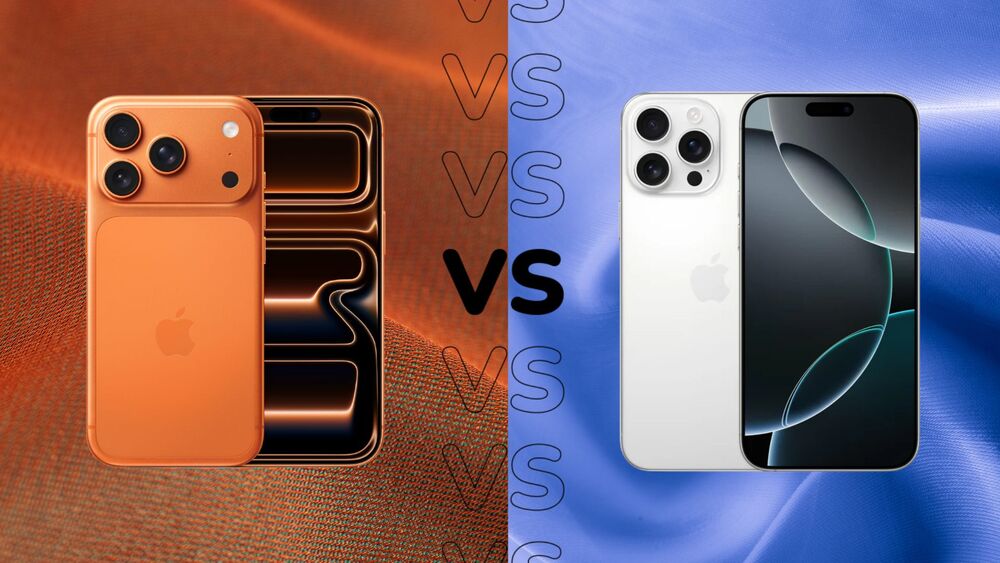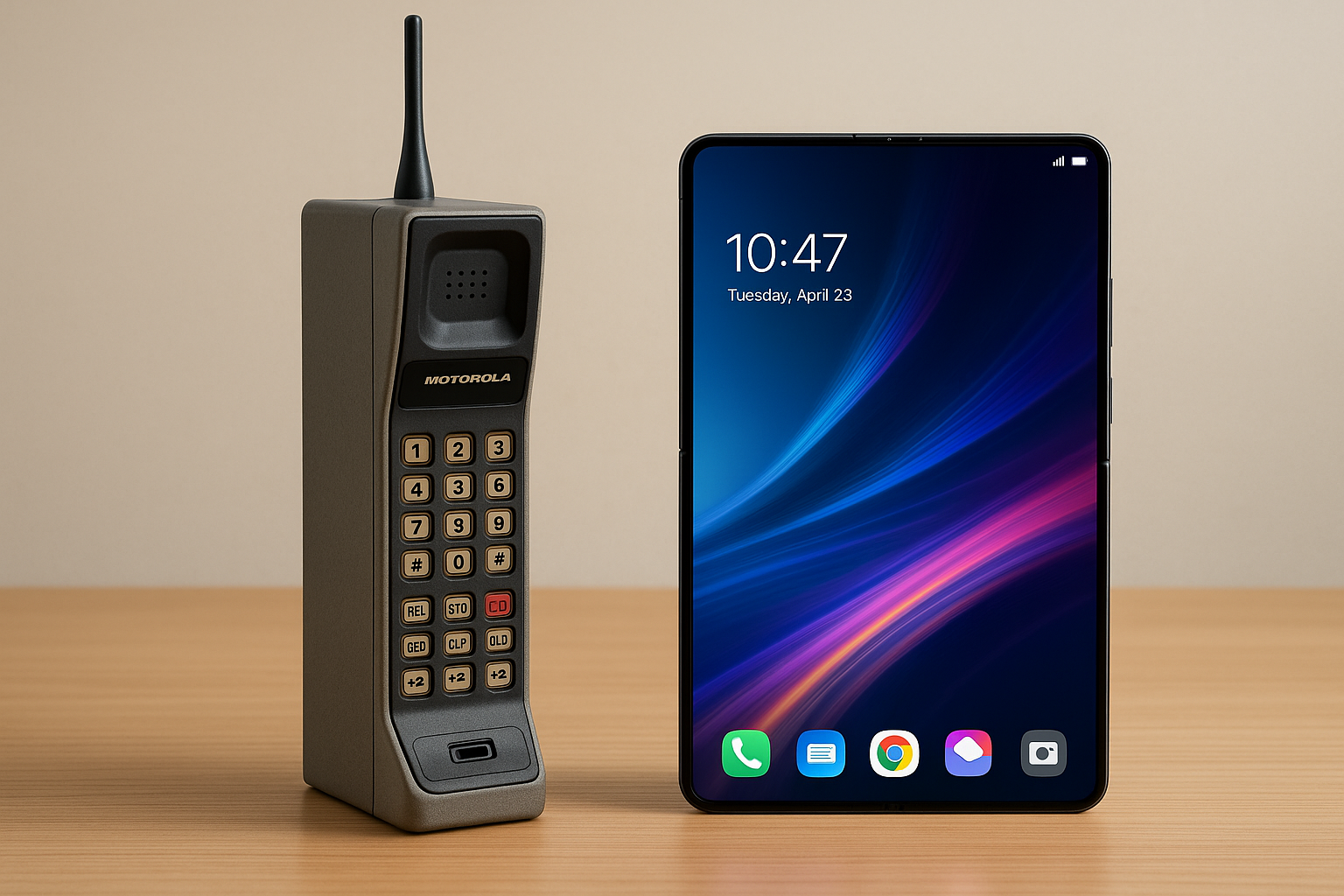Video games have come a long way since their inception, evolving from simple pixelated graphics and 8-bit soundtracks to highly sophisticated, lifelike experiences that push the boundaries of realism. In the past few decades, advancements in technology have transformed the gaming industry, creating new possibilities for both players and developers. From virtual reality (VR) and augmented reality (AR) to cloud gaming and artificial intelligence (AI), cutting-edge technologies are shaping the future of video games.
In this article, we’ll explore the major technological advancements that have driven the evolution of video games, how they’ve changed the way we play, and what the future of gaming might look like in the coming years.
1. The Early Days: From Pixels to Polygons
1.1 The Birth of Video Games
The origins of video games can be traced back to the 1950s and 1960s, with the creation of simple games like Tennis for Two and Spacewar! These early games were displayed on CRT screens and were relatively rudimentary by today’s standards. The gaming industry began to take shape with the rise of arcade machines in the 1970s, including iconic titles like Pong and Asteroids.
These early games were limited by the technology of the time — the graphics were basic, and the gameplay was often simple. However, they set the stage for the future of gaming, showing the world that interactive entertainment could be both engaging and profitable.
1.2 The Transition to 3D Graphics and CD-ROMs
In the 1990s, video games underwent a dramatic transformation with the introduction of 3D graphics. Consoles like the Sony PlayStation and the Nintendo 64 brought immersive 3D worlds into the living room, making gaming more realistic and visually stunning.
The release of CD-ROMs further expanded the capabilities of gaming consoles, allowing for larger game worlds, better audio, and full-motion video. Titles like Final Fantasy VII and Super Mario 64 showcased the potential of 3D environments and set new standards for what video games could achieve in terms of both storytelling and visual fidelity.
1.3 The Rise of Online Gaming
The late 1990s and early 2000s saw the birth of online gaming, enabling players to connect and compete with others across the globe. Games like Quake, StarCraft, and EverQuest were among the pioneers of this new era, allowing for multiplayer experiences that weren’t limited by geographical boundaries.
The development of high-speed internet and broadband connections during this time was essential for the growth of online gaming, leading to the explosion of MMOs (Massively Multiplayer Online games) and competitive eSports.
2. The Modern Era: Realism, Virtual Reality, and Artificial Intelligence
2.1 The Impact of Graphics and Performance Enhancements
In the last decade, gaming has entered a new era defined by hyper-realistic graphics and seamless gameplay experiences. The introduction of powerful gaming hardware, like the NVIDIA RTX 30-series graphics cards and the PlayStation 5, has made it possible to play games with stunning graphics, ray tracing, and lifelike textures.
Games like Cyberpunk 2077 and Red Dead Redemption 2 have set new benchmarks for visual fidelity, offering photorealistic environments and highly detailed character models. These advancements are thanks to improvements in graphics processing units (GPUs) and the development of technologies like ray tracing, which simulates the way light interacts with objects in real time, adding an unprecedented level of realism to gaming environments.
2.2 Virtual Reality (VR) and Augmented Reality (AR)
One of the most exciting innovations in recent years is the rise of virtual reality (VR) and augmented reality (AR), which have taken gaming to new heights by immersing players in completely different worlds. VR headsets like the Oculus Rift and HTC Vive allow players to physically move around in virtual environments, giving them a sense of presence and immersion that traditional gaming setups can’t replicate.
AR, on the other hand, blends the real world with digital elements, allowing players to interact with their environment in a more dynamic way. Pokémon GO is a prime example of AR in gaming, where players use their smartphones to find and catch virtual creatures in the real world. This technology is still in its infancy, but it holds immense potential for future gaming experiences.
2.3 Cloud Gaming: Play Anywhere, Anytime
Cloud gaming is another breakthrough technology that has revolutionized the way we play games. Services like Google Stadia, Microsoft Xbox Cloud Gaming (formerly Project xCloud), and NVIDIA GeForce Now allow players to stream high-quality games directly to their devices without the need for powerful hardware. This means that games once reserved for high-end gaming PCs or consoles can now be played on smartphones, tablets, and even low-spec laptops.
The benefits of cloud gaming are clear: it eliminates the need for expensive hardware upgrades, allows for instant access to games, and makes gaming more accessible to a wider audience. However, it still faces challenges related to internet speeds, data usage, and latency, which will need to be addressed for it to reach its full potential.
2.4 Artificial Intelligence in Gaming
Artificial Intelligence (AI) is another critical technology that has been integrated into modern gaming. AI is used to create dynamic, responsive worlds and characters that behave realistically. For example, AI can control enemy behavior, making NPCs (non-playable characters) smarter and more unpredictable, adding to the challenge of a game.
In addition to gameplay, AI is also used in procedural content generation, where the game world is created algorithmically rather than manually. Games like Minecraft and No Man’s Sky use procedural generation to create vast, unique environments that players can explore indefinitely.
AI is also being used to enhance player experiences through personalized content. For example, games like Assassin’s Creed and FIFA use machine learning to adjust the difficulty level or recommend in-game purchases based on the player’s behavior and preferences.
3. The Future of Gaming: What’s Next?
3.1 The Metaverse: A New Era of Online Worlds
One of the most talked-about concepts in the gaming world is the metaverse. This virtual universe promises to be an interconnected space where players can socialize, work, and play in fully immersive digital worlds. Unlike current online games, where players exist in isolated virtual environments, the metaverse envisions a shared digital space where players can seamlessly move between different games, experiences, and social interactions.
Companies like Facebook (Meta), Epic Games, and Microsoft are already investing heavily in the development of the metaverse, which could redefine the way we experience games and online interactions in the coming years. While the full realization of the metaverse is still a long way off, the technology is moving quickly, and the gaming industry will undoubtedly play a key role in shaping its future.
3.2 Advances in Artificial Intelligence and Procedural Generation
As AI continues to improve, we can expect even more lifelike NPCs and smarter in-game environments. AI could also help create more dynamic narratives, where the story adapts based on the player’s actions, creating a truly unique gaming experience each time.
Procedural generation will also become more sophisticated, enabling game developers to create vast, ever-changing worlds that feel alive and constantly evolving. This will provide players with an endless supply of content, ensuring that games remain fresh and engaging for years to come.
3.3 Haptic Feedback and Sensory Immersion
To enhance immersion further, haptic feedback technology is being integrated into controllers and headsets. Devices like the PlayStation 5’s DualSense controller feature adaptive triggers and haptic feedback that simulate a range of sensations, from the tension of a bowstring to the rumble of footsteps. This added level of sensory feedback will make games feel even more real, allowing players to physically experience the virtual world around them.
In addition to haptics, brain-computer interfaces (BCIs) are being explored to allow players to control games using their thoughts, further blurring the line between reality and the digital world.
4. Conclusion: The Limitless Possibilities of Gaming
The evolution of video games, driven by cutting-edge technology, has transformed the industry into a multi-billion-dollar global phenomenon. From the early days of pixelated graphics to the highly immersive experiences of today, the gaming world has continually pushed the limits of what is possible.
Looking ahead, the possibilities for gaming are virtually limitless. With advancements in AI, VR, cloud gaming, and the emergence of the metaverse, the future of gaming promises to be more immersive, interactive, and accessible than ever before. As technology continues to evolve, so too will the ways in which we experience games, making the next era of gaming one of the most exciting yet.





















